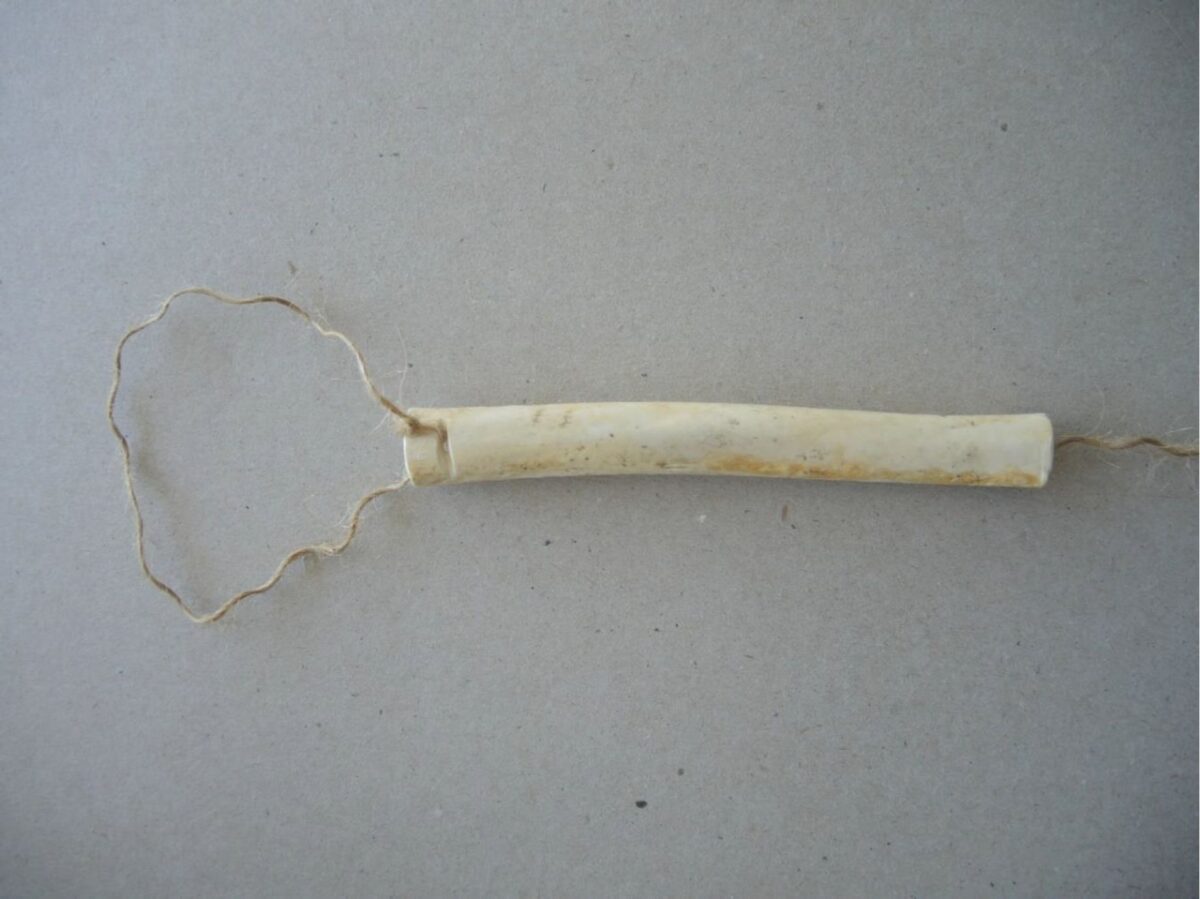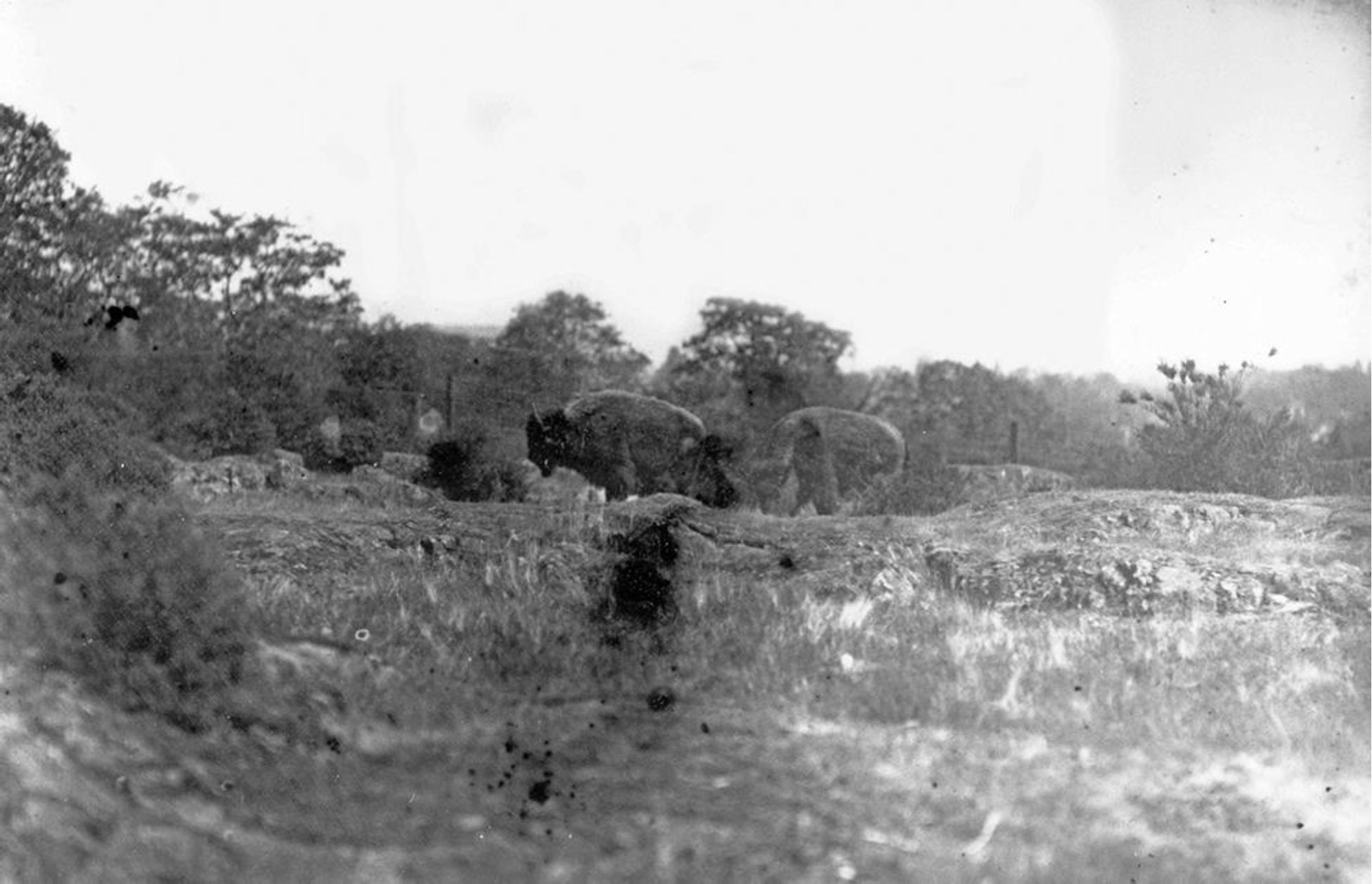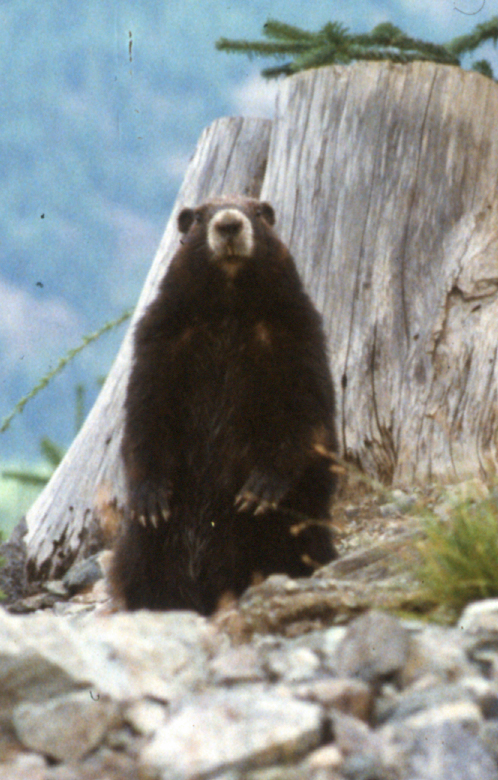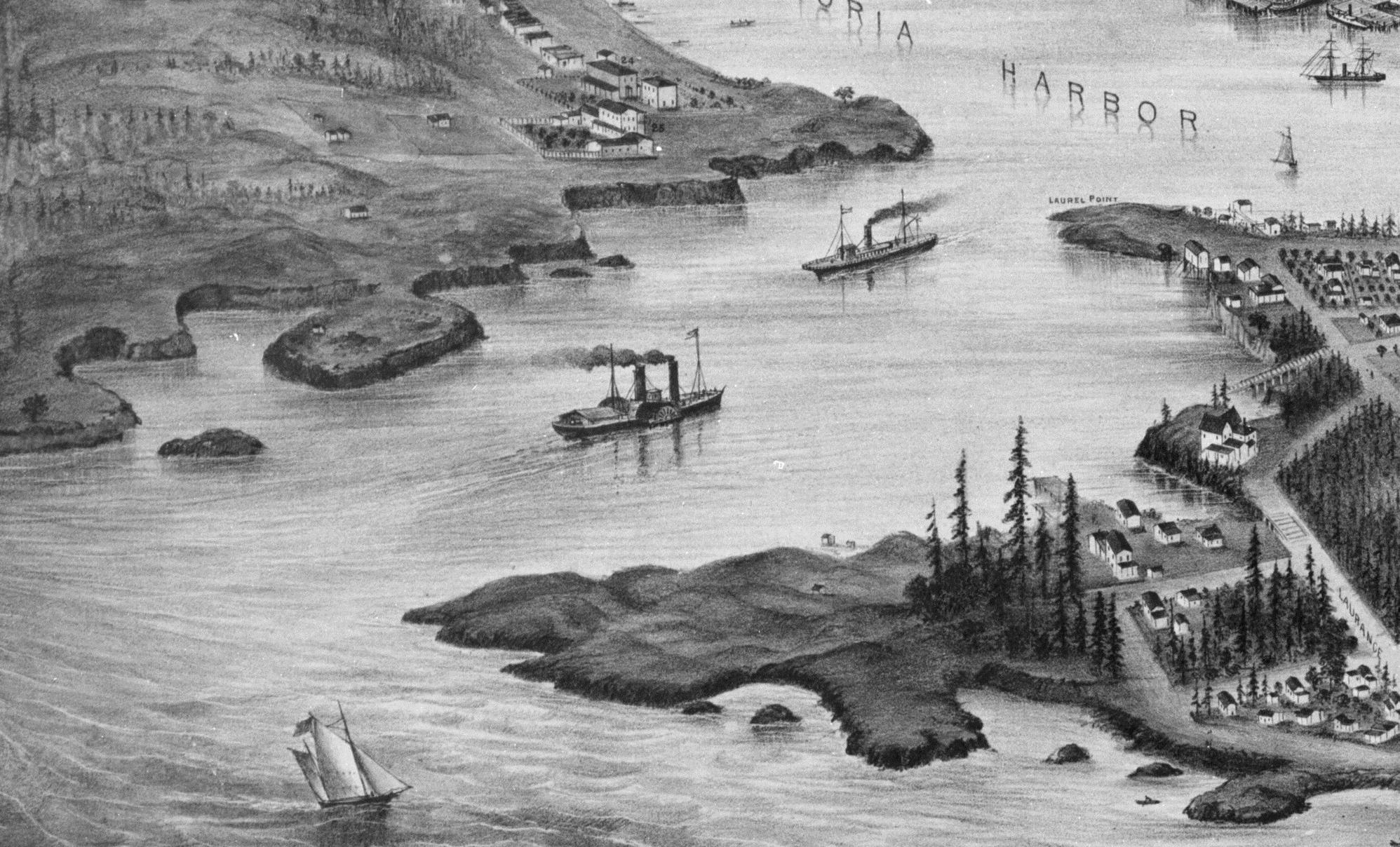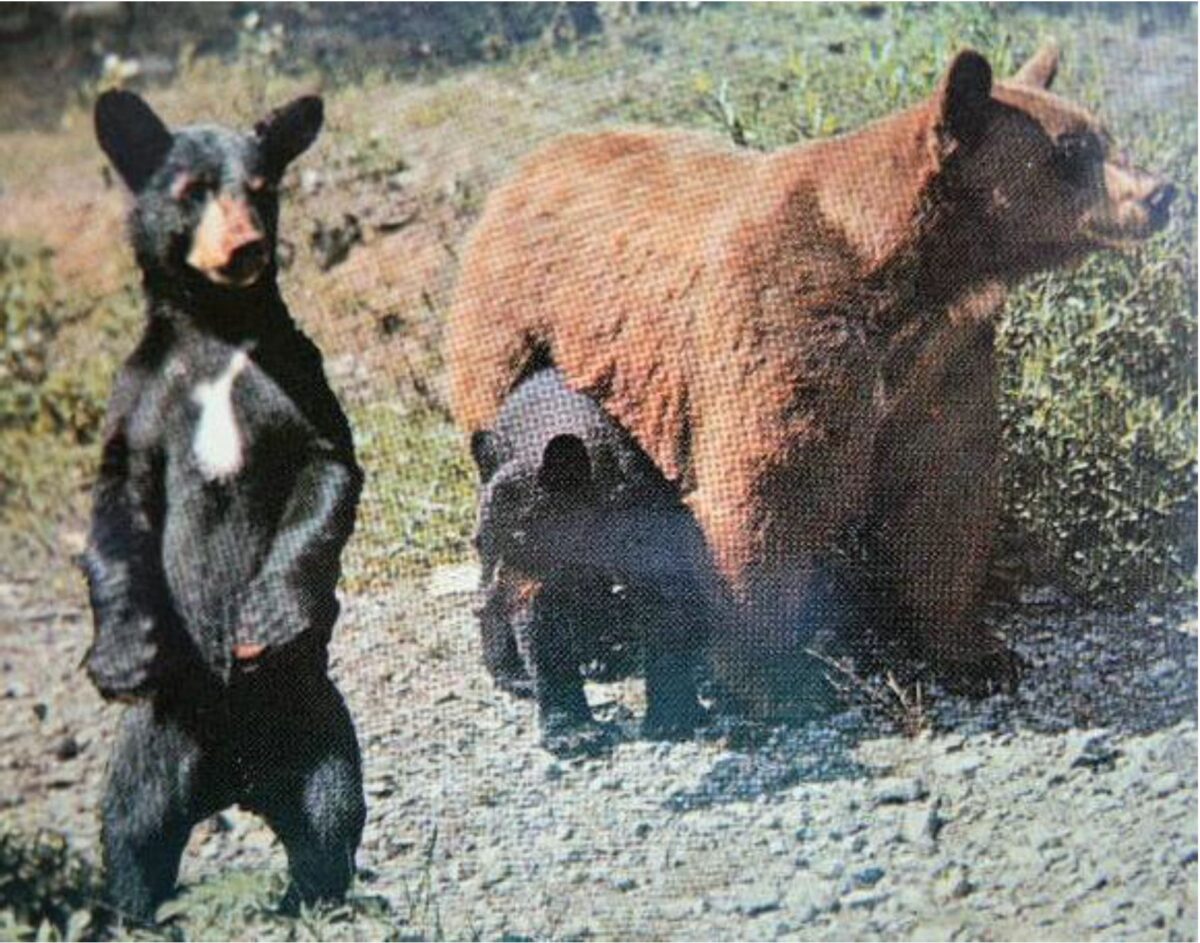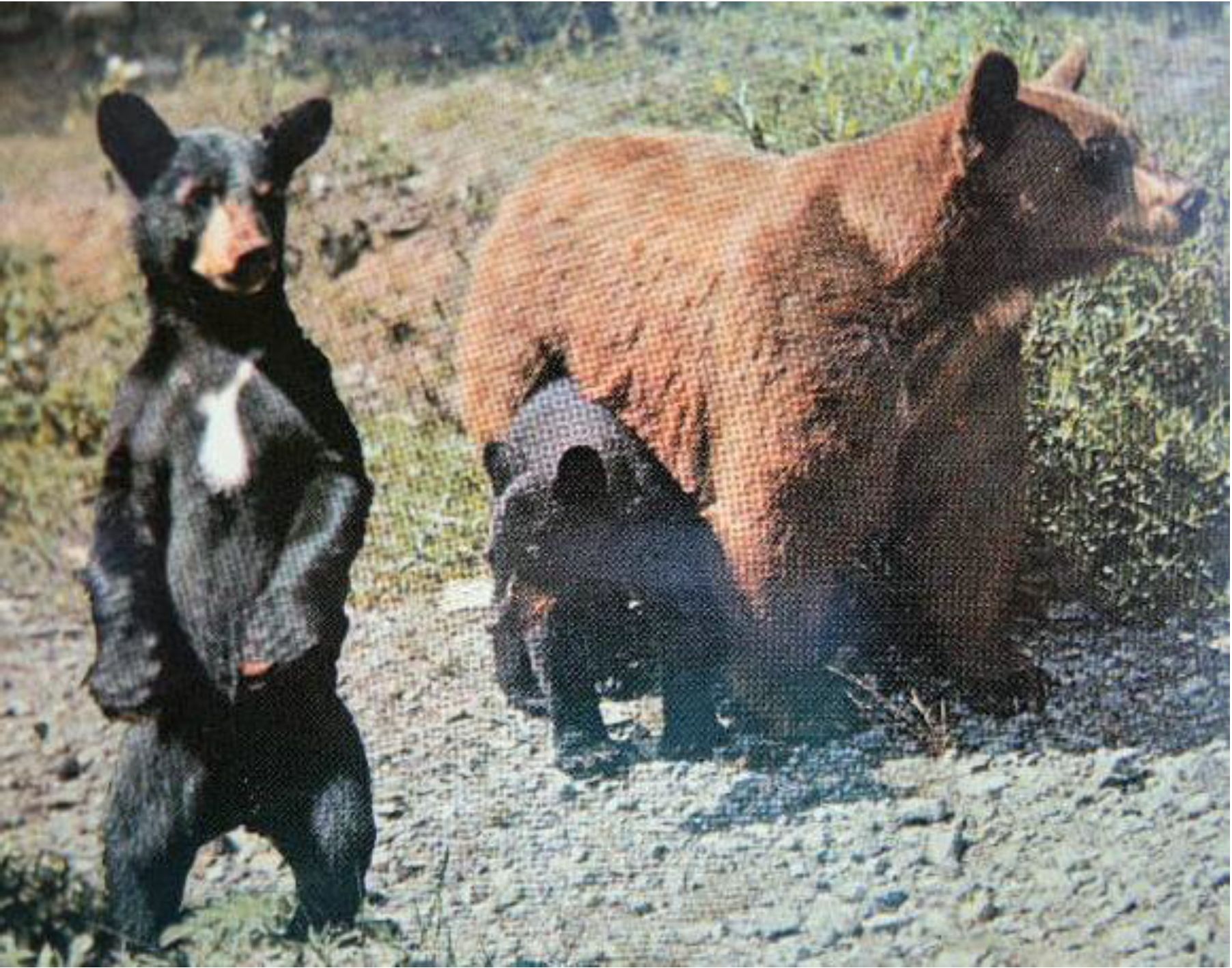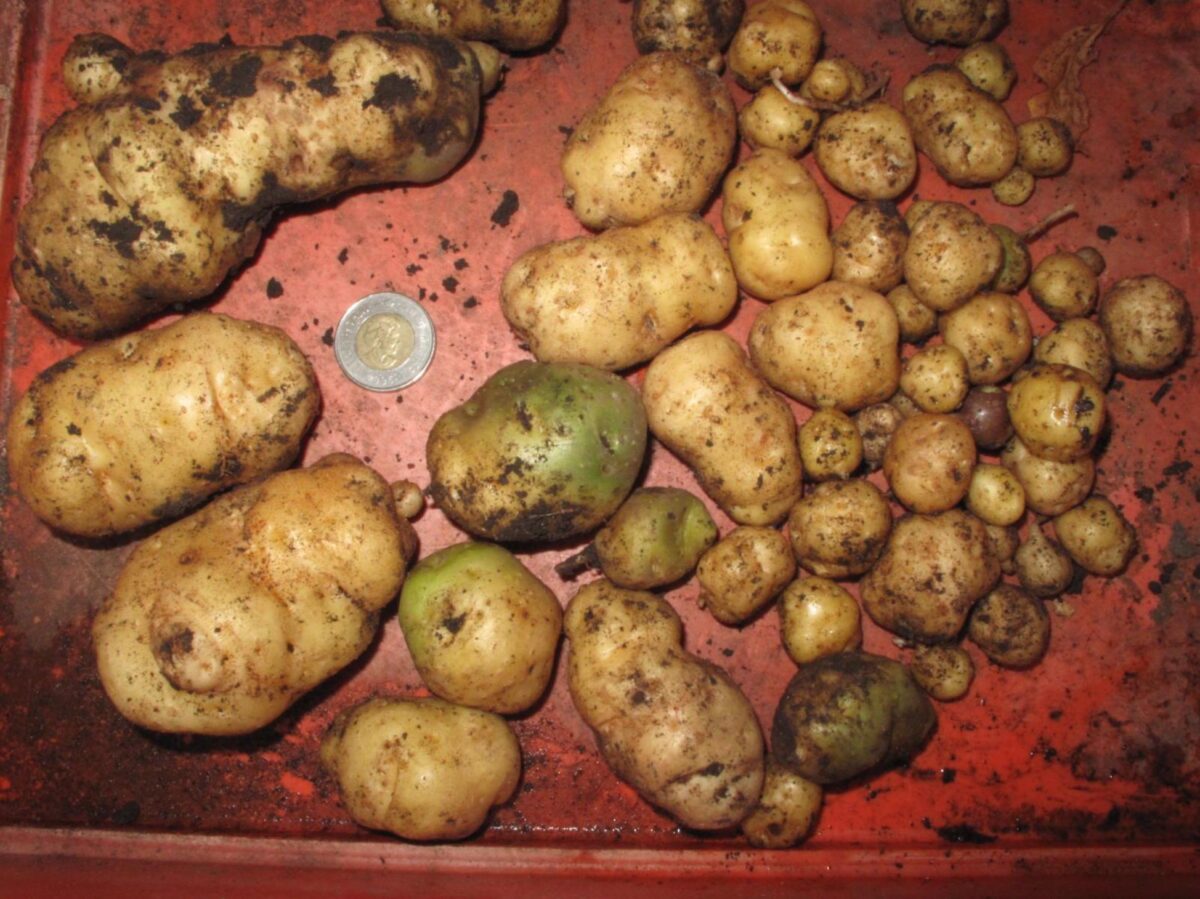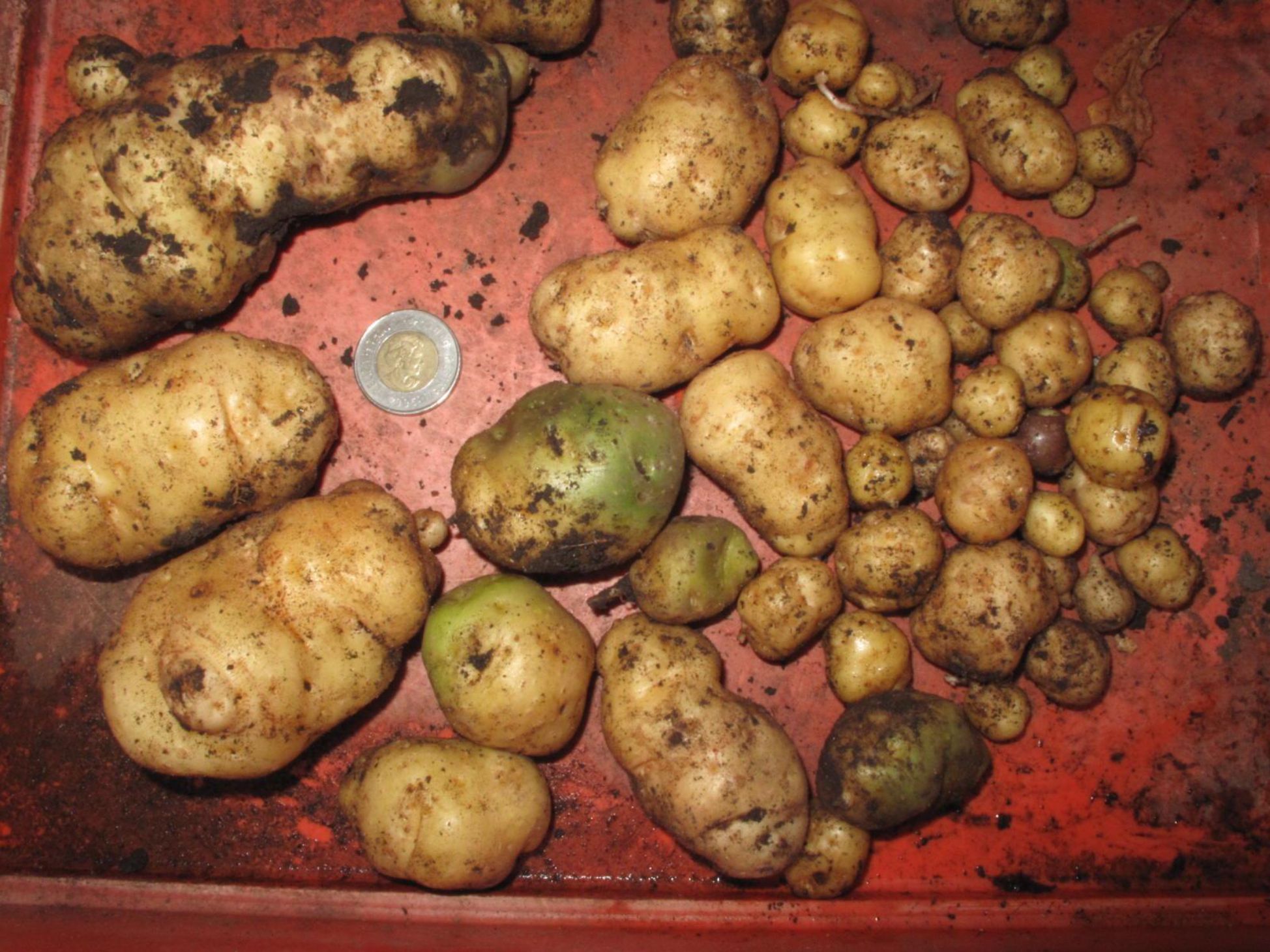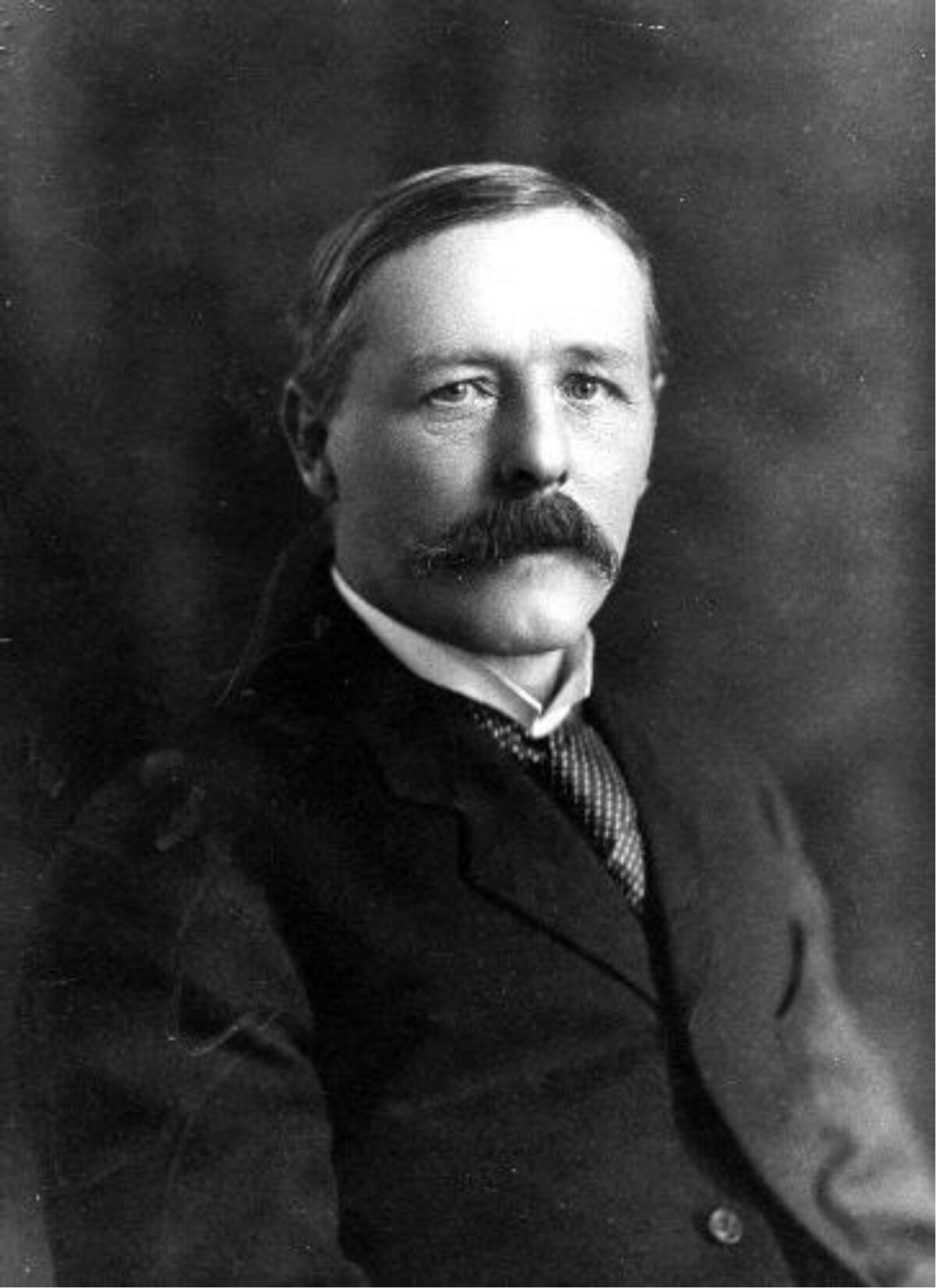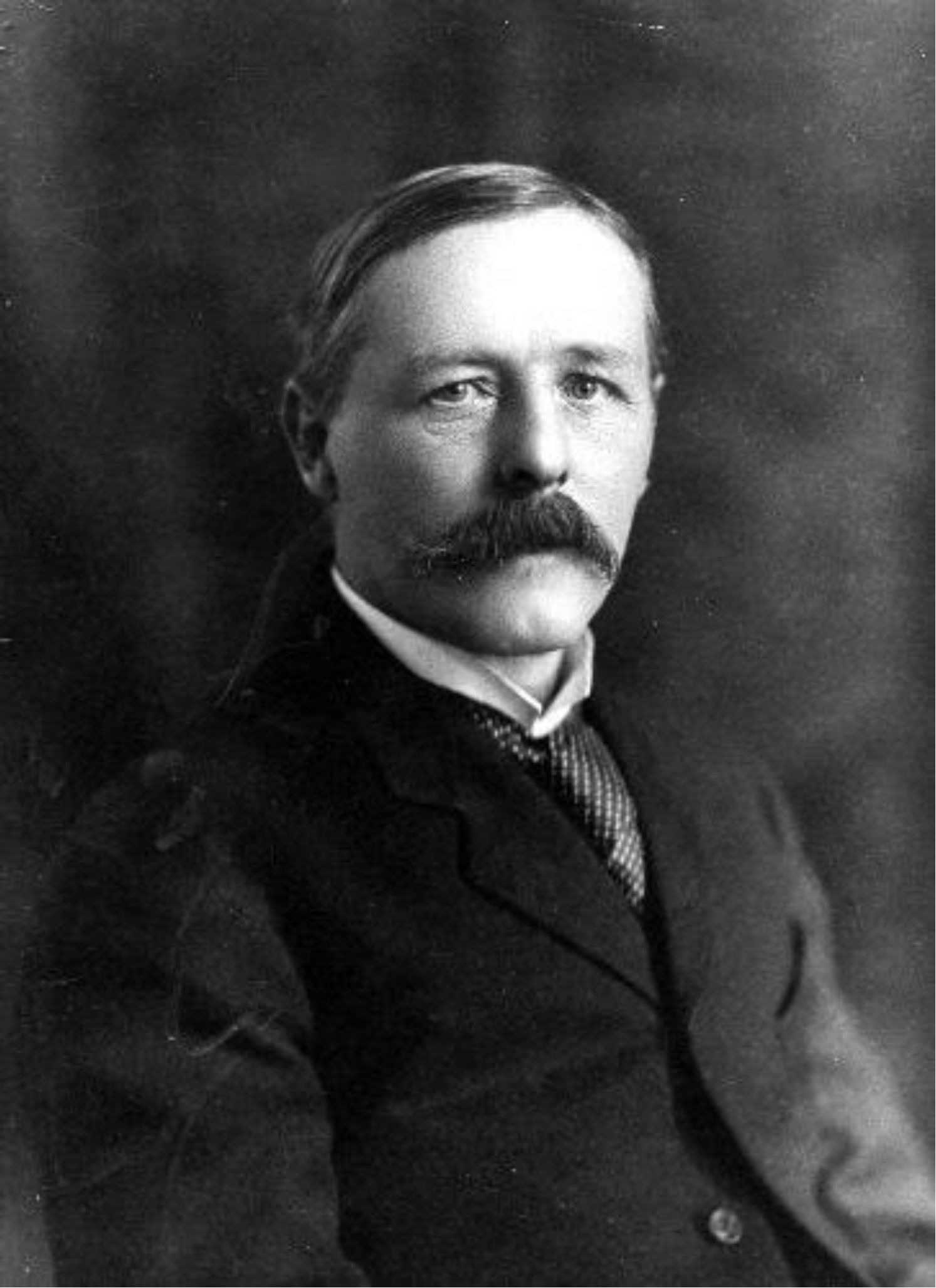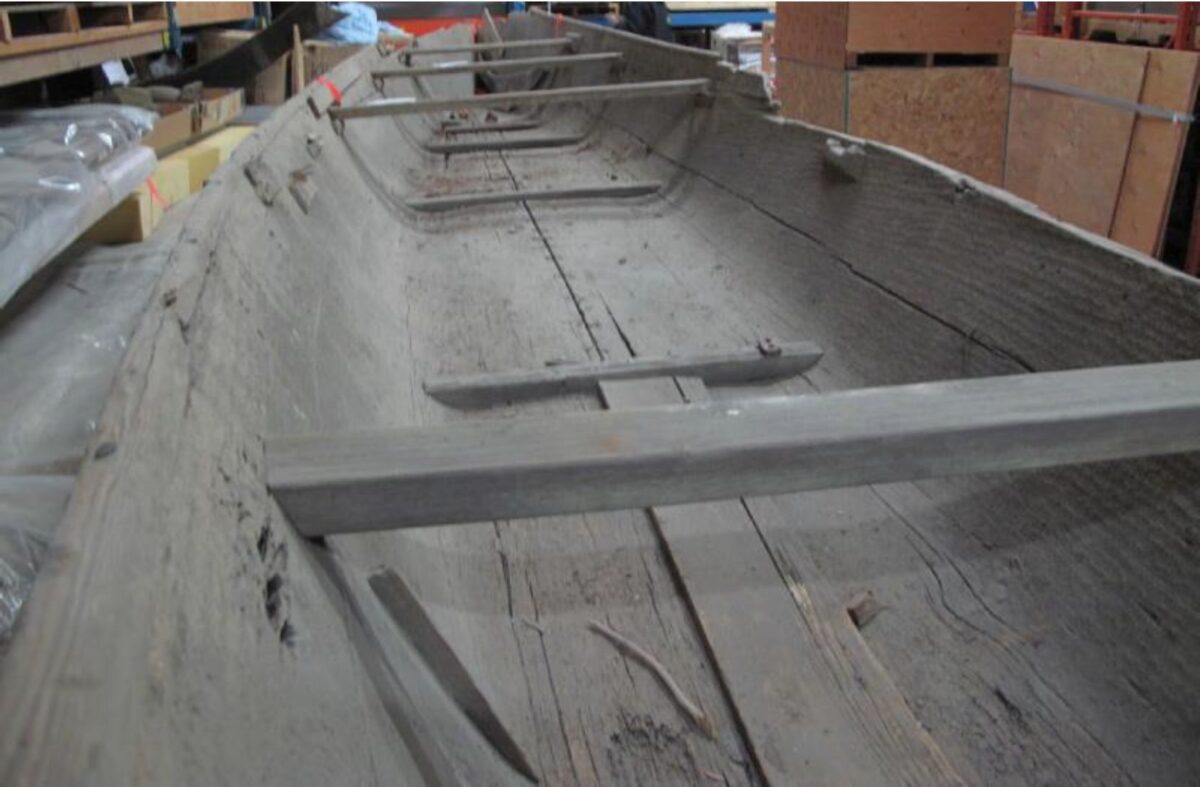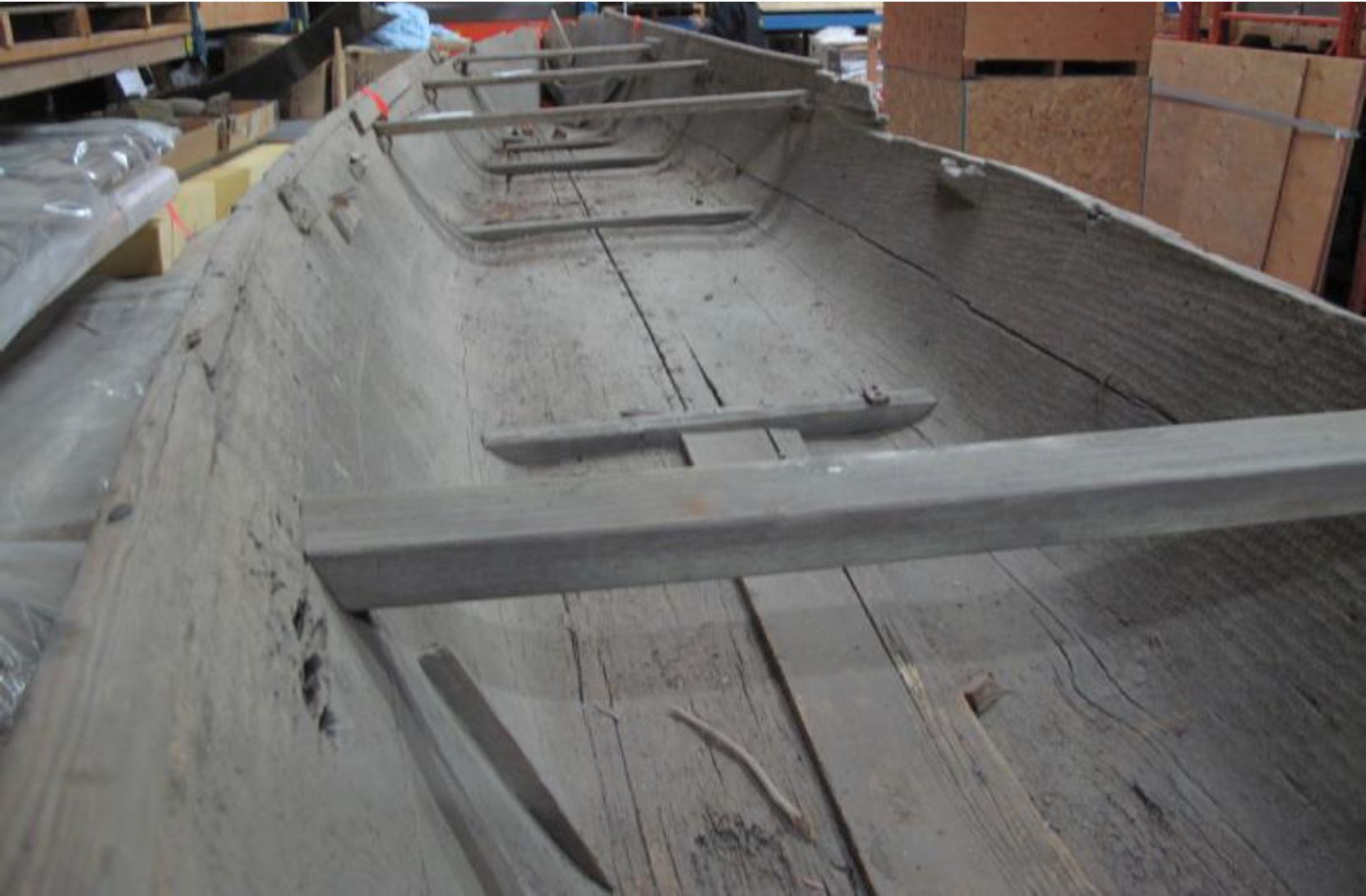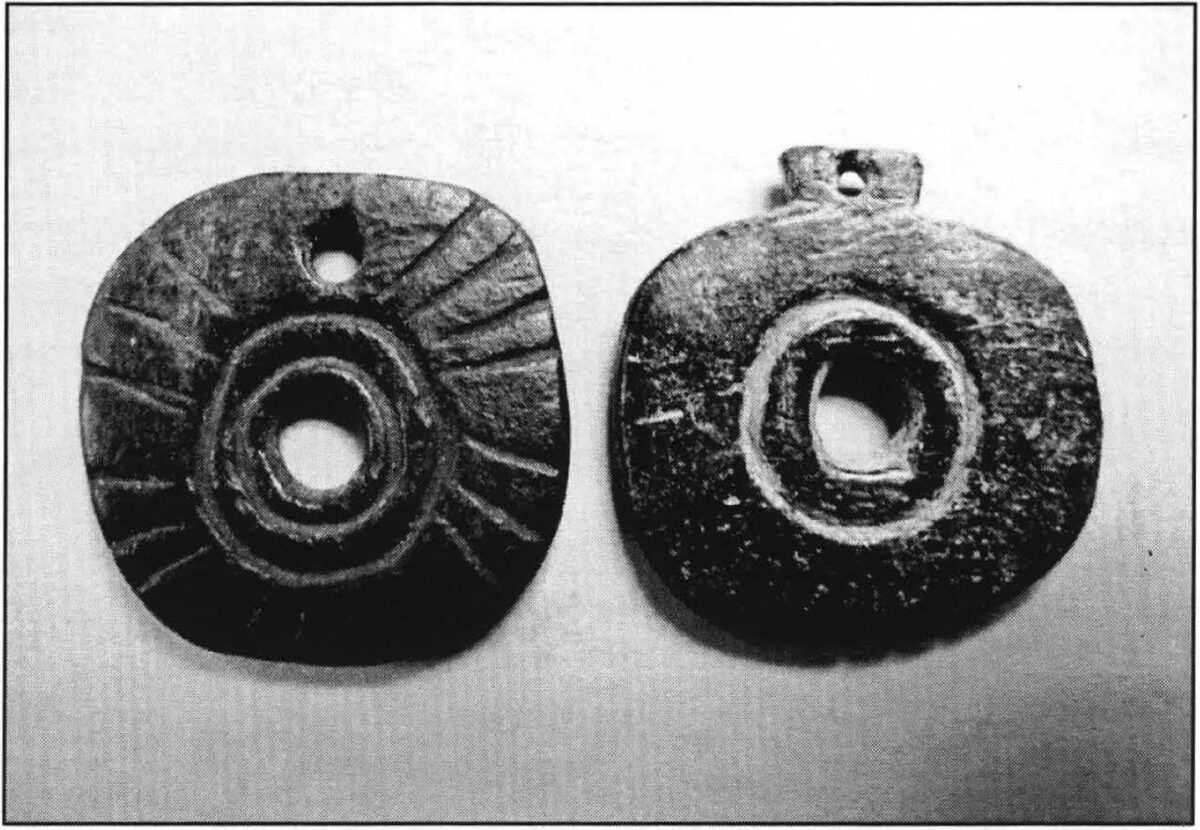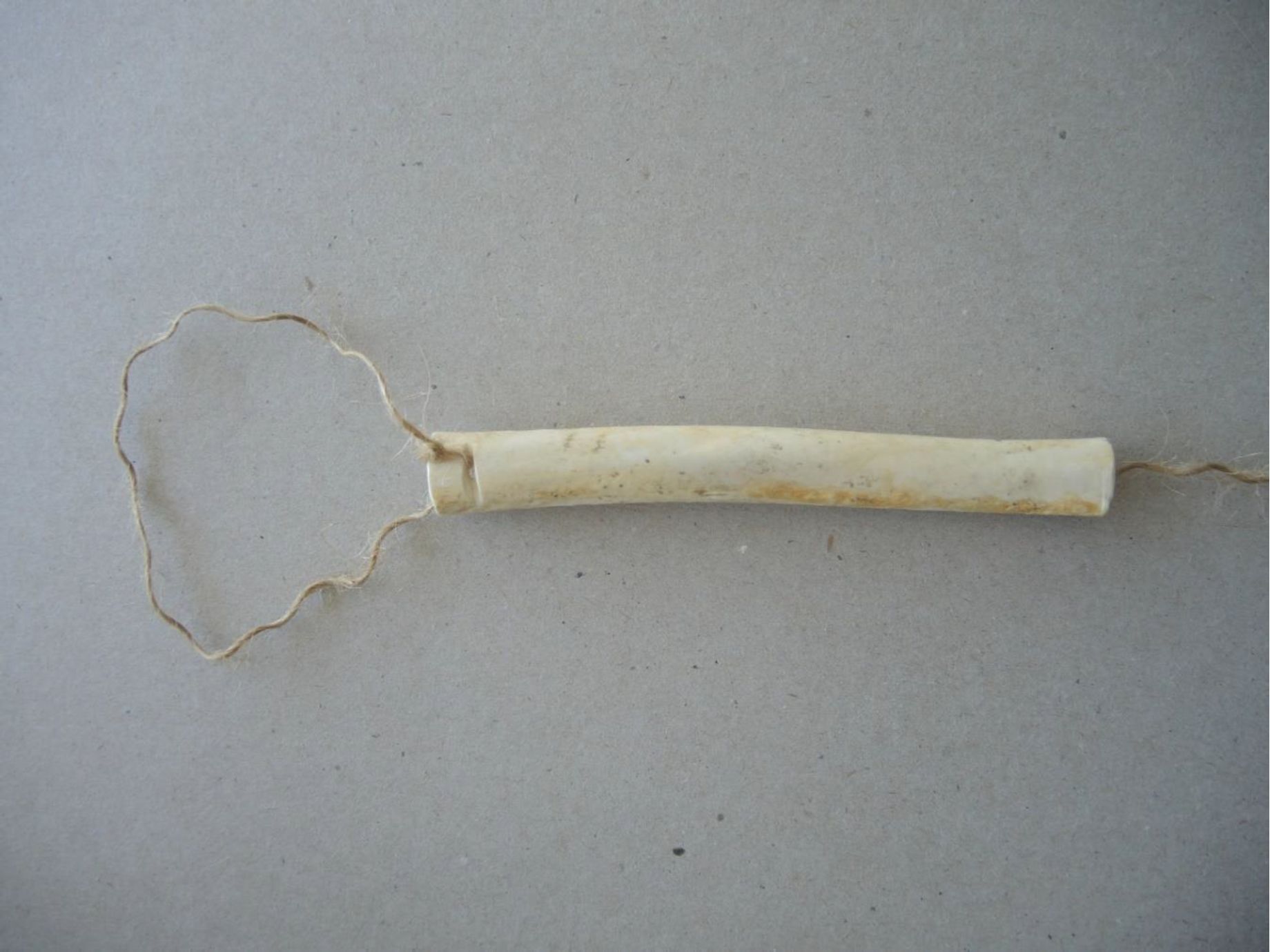
June 3, 2019. By Grant Keddie Introduction There are many different sizes of bird bone artifacts found in archaeological sites in British Columbia. The function of many of these remains unknown. There is often no comparable artifact type in the ethnographic record. They are sometimes ascribed functions by archaeologists for which there is no evidence. Some of the long bird bone tubes referred to as “drinking tubes” are in fact, what I am calling bird bone snare guards – devices on snares which prevent marmots and ground squirrels from biting through the noose cord and escaping. Here I present the evidence of how I determined, from my own observations and technology experiments, that some of the unidentified bird bone … Continue reading “Bird Bone Tube Snare Guards in the Archaeology Collection of the Royal B.C. Museum”
